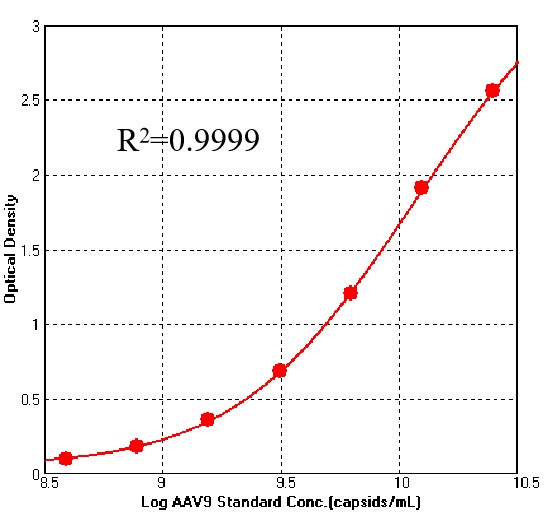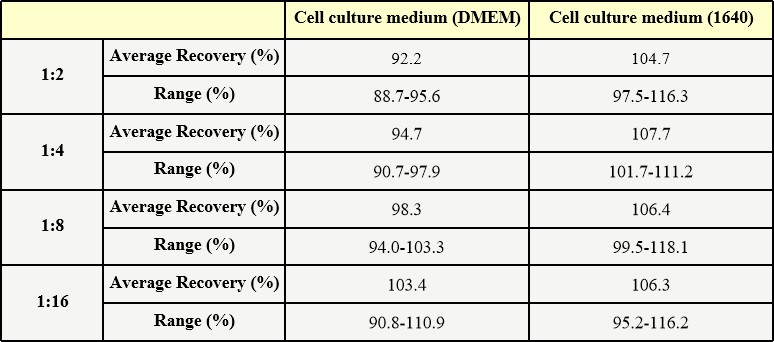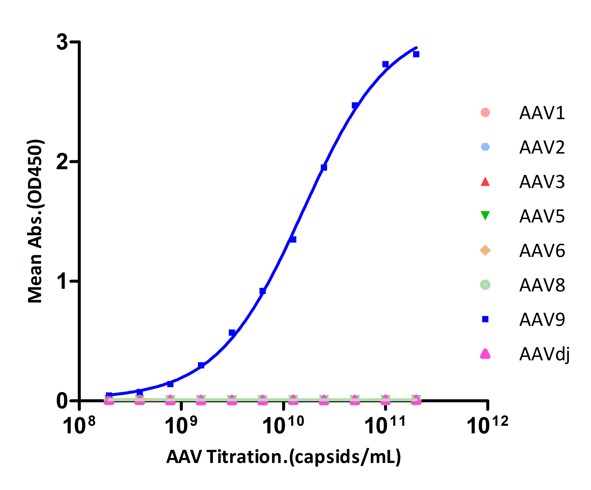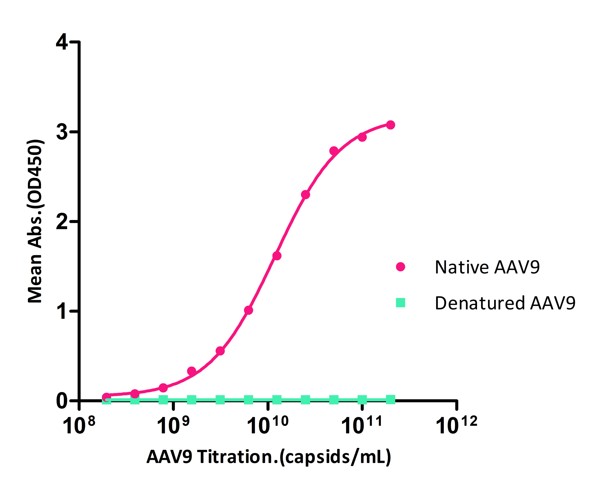Chemogenetic activation of the diaphragm after spinal cord injury in ratsBenevides, Rana, Fuller
Respir Physiol Neurobiol (2025)
Abstract: We tested the hypothesis that activation of DREADDs in the mid-cervical spinal cord could restore diaphragm activation during spontaneous breathing after cervical spinal cord injury (SCI). Adult Sprague Dawley rats (n = 7) received bilateral mid-cervical ventral horn injections of an AAV construct encoding an excitatory DREADD (AAV9-hSyn-HA-hM3D(Gq)-mCherry; titer: 2.44×1013 vg/mL). Subsequently, diaphragm electromyogram (EMG) activity was recorded during spontaneous breathing under isoflurane anesthesia. The selective DREADD ligand JHU37160 (J60) was administered intravenously at acute (3 days), sub-acute (2 weeks), and chronic (2 months) timepoints following cervical hemilesion at spinal level C2. J60 administration resulted in robust increases in diaphragm EMG output at all timepoints, and near-complete restoration of diaphragm EMG activity from the paralyzed hemi-diaphragm in 50% of trials. Administration of J60 to DREADD naïve, spinal intact rats (n = 8) did not produce an increase in diaphragm activity. These proof-of-concept results indicate that refinement of this technique may provide a strategy for improving diaphragm activation after cervical SCI.Copyright © 2025 Elsevier B.V. All rights reserved.
The discrete charm of oncolytic viruses: Toward the finish lineLowenstein, Varela, Castro
Cancer Cell (2025)
Abstract: Oncolytic viruses (OVs) are being optimized to treat cancer, including brain, ovarian, lung, and pancreatic tumors. Recent advances include replicating adenoviruses and herpes simplex virus 1 (HSV-1) armed with therapeutic transgenes, combined with serial injections and systemic delivery via retargeting, as achieved for adeno-associated virus 9 (AAV9). Clinical trials are showing promising efficacy. Here, we summarize the advancements and challenges associated with OV-based cancer therapies and discuss their mechanisms of action and strategies for enhancing the efficacy of OV treatments.Copyright © 2025 Elsevier Inc. All rights reserved.
AAV9-cBIN1 gene therapy rescues chronic heart failure due to ischemic cardiomyopathy in a canine modelKhan, Smego, Li
et alCommun Med (Lond) (2025) 5 (1), 93
Abstract: Ischemic cardiomyopathy and resultant heart failure (HF) is a significant cause of morbidity and mortality worldwide. Downregulation of cardiac bridging integrator 1 (cBIN1), a membrane scaffolding protein responsible for organizing t-tubules and organizing the calcium handing apparatus, occurs in progressive HF. Therefore, gene therapy upregulating cBIN1 production may rescue failing muscle and clinical HF.Adult mongrel dogs underwent ligation of the left anterior descending artery and developed progressive dilated cardiomyopathy and chronic HF. When left ventricular ejection fraction (LVEF) dropped below 40%, the animals received a one-time series of endocardial injections of either of low dose gene therapy composed of either adeno-associated virus serotype 9 packaged cBIN1 (AAV9-cBIN1, n = 6) or AAV9-GFP (green fluorescent protein, n = 4). Animals were followed up to 7 weeks after therapy delivery with laboratory, echocardiography, and endocardial mapping assessment.Post injection of the negative control, animals develop progressive symptomatic HF requiring early termination of all but one animal prior to the end of the study. In contrast, the AAV9-cBIN1-treated group reveals a significant improvement in LV function, with a noticeable improvement in LVEF (29 ± 3% vs. 42 ± 2%, p = 0.0095) and global longitudinal strain (-7.1 ± 0.9% vs. -12.5 ± 1.6%, p = 0.0095). Compared to the control animals, the AAV9-cBIN1-treated group displays improved T-tubule morphology, left ventricular chamber size, plasma biomarkers, and endocardial voltage, and survives the study period.Chronic HF from ischemic cardiomyopathy can be successfully treated with low dose AAV9-cBIN1 gene therapy. This study indicates that myocardial specific therapy can dramatically reverse HF progression.© 2025. The Author(s).
The transcriptional repressor Ctbp2 as a metabolite sensor regulating cardiomyocytes proliferation and heart regenerationMeng, Ding, Wang
et alMol Med (2025) 31 (1), 119
Abstract: C-terminal binding protein-2 (Ctbp2) is an evolutionarily conserved transcriptional repressor that regulates fundamental processes such as cell proliferation and apoptosis. However, the potential role of Ctbp2 in cardiomyocyte proliferation and heart regeneration remains unclear. In this study, we aim to explore the important role of Ctbp2 in cardiomyocyte proliferation and the regeneration of injured adult hearts.In this study, we found that the expression of Ctbp2 in cardiomyocytes is downregulated after adulthood. Silencing Ctbp2 in cardiomyocytes on the post-natal day 1 (P1) reduced the proliferation ability of cardiomyocytes, whereas overexpressing Ctbp2 enhanced the proliferation ability of cardiomyocytes. Additionally, overexpressing Ctbp2 via adeno-associated virus-9 (AAV9) had no effect on the hearts of normal adult mice, but in the case of heart injury, overexpression of Ctbp2 in adult mice cardiomyocytes promoted cardiomyocyte proliferation. Mechanistically, the transcriptional repressor Ctbp2 acts as a metabolite sensor, and its regulation of cardiomyocyte proliferation is influenced by the metabolites NADH/NAD+ and fatty acyl-CoAs. Ctbp2 is activated by the intracellular accumulation of NADH during cardiomyocyte ischemia and hypoxia, inhibiting the transcriptional activity of the transcription factor FoxO1, thereby repressing the expression of the target genes and cell cycle negative regulators p21 and p27, allowing cardiomyocytes to re-enter the cell cycle. In contrast, normal adult cardiomyocytes mainly use fatty acid oxidation metabolism as their primary energy source, and the intracellular production of fatty acyl-CoAs inactivates Ctbp2, thus preventing it from inhibiting FoxO1 mediated cell cycle arrest.In conclusion, this study demonstrates that the Ctbp2-FoxO1-p21/p27 axis can promote cardiomyocyte proliferation and heart regeneration. As a metabolite sensor, Ctbp2 is activated during cardiomyocyte ischemia and hypoxia, while it is inactivated under normal conditions. This controllable and transient regulation of cardiomyocyte proliferation can avoid the detrimental effects on cardiac function caused by long-term regulation of cardiomyocyte proliferation, such as hypertrophic cardiomyopathy or heart failure. This provides new targets and new ideas for addressing the issues of cardiomyocyte proliferation and heart regeneration.© 2025. The Author(s).






























































 膜杰作
膜杰作 Star Staining
Star Staining















